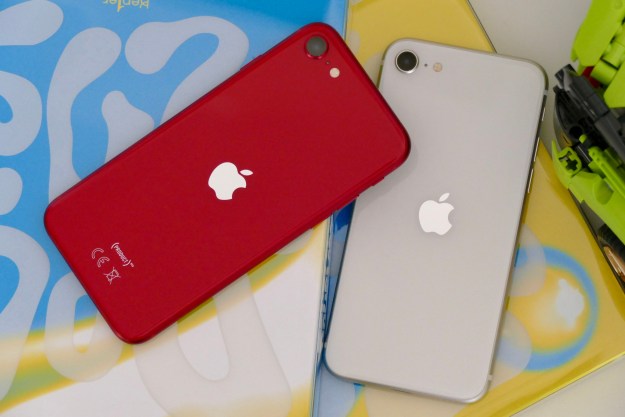
The patent filing, reported on by blog Patently Apple, depicts a compact “multi-mirror scanning depth engine” that determines the distance of objects in an environment based on the amount of time light reflecting off those objects takes to reach a sensor. This particular array would most likely be used as part of a light imaging, detection, and ranging device — more commonly known as laser or 3D scanners — that are standard in the geographic mapping industry.
As Apple continues to invest in talent to beef up its own mapping service, it’s not surprising the company might experiment with its latest discoveries in the field before condensing that technology into a smartphone after its been thoroughly battle-tested. Early last year, Apple acquired Emotient, a startup that used artificial intelligence to improve facial recognition. The upcoming iPhone 8 — which may actually be called the iPhone X, according to the latest rumors — has been tipped to include a 3D-sensing camera, where facial recognition is expected to be one of the major applications.
A depth-sensing camera offers clear benefits for iPhone photography as well. One of the iPhone 7 Plus’ most notable and well-received features is its dual-camera system, which combines the standard wide-angle lens on the regular iPhone 7 with an additional telephoto lens to enable optical zoom and deliver stunning depth effects. Bolstered by Apple’s advancements in 3D-scanning hardware, the upcoming flagship iPhone’s camera could be more powerful and versatile than ever before.
Editors' Recommendations
- A big iPhone update is right around the corner
- One of the most iconic iPhone accessories is back — and it’s great
- iPhone 16: news, rumored price, release date, and more
- 5 phones you should buy instead of the iPhone 15
- Why you should buy the iPhone 15 Pro instead of the iPhone 15 Pro Max


